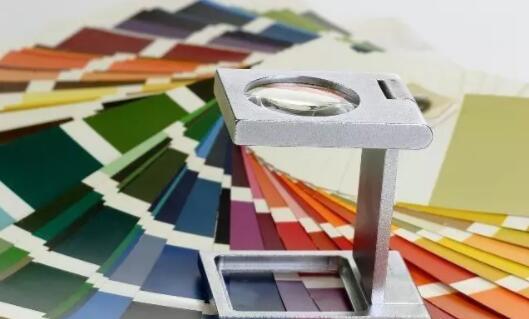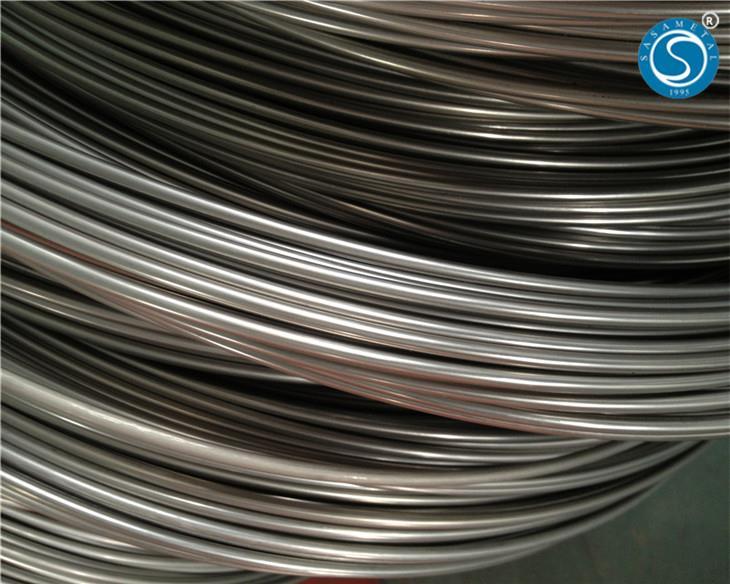The Advantages and Disadvantages of Various Printing Techniques
Do you understand the various advantages and disadvantages that printing has to offer? We will learn about the two most common styles of printing.
Printing Using Offset Lithography
Let’s begin with one of the most used techniques for printing in huge quantities. In offset printing, your artwork is transferred to metal plates, then moved onto rubber blankets or rollers before being printed on a surface. For media with rough surfaces, including wood and canvas, offset lithography is most frequently utilized. But because of its adaptability, it may also be used for paper and other types of packaging.
Advantages
Since offset lithography can be applied to both low- and high-volume print jobs, it is ideal for creating high-quality images.
It is adaptable because print media can be printed on any flat surface and any sort of paper.
Long-term usability: Because the print media doesn’t come into contact with the plates, their life is prolonged.
has excellent flexibility. Because rubber rollers and plates are flexible, offset lithography can also be employed on media with uneven surfaces.
Disadvantages
Despite the fact that offset lithography excels at creating images of superior quality. There are two primary negatives:
It is not cost-effective: Offset printing is not economical for lower quantities due to the time and money needed to set it up. It is often only employed when extremely high print volumes are required.
Not environmentally friendly: The only choice when utilizing conventional offset printing techniques is to print in bulk, which may result in additional waste being generated.
Digital Printing
Inkjet and laser printing are just two examples of the many modern printing techniques covered under digital printing. It is most frequently used for newsletters, labels, posters, menus, and corrugated boxes. Images are transmitted directly to the printer during the digital printing process utilizing digital files like PDFs. If you are not printing huge numbers, this implies that printing plates are not required, which might save you time and money.
Advantages
Digital printing is fantastic for a variety of design applications, including customized packaging. Since personalized packaging is in high demand, the digital printing and inkjet industries will continue to expand rapidly.
The use of digital printing techniques has a variety of advantages:
Quick turnaround times for digital printing enable businesses to print items as needed.
Cost-effectiveness: Digital printing can save money because no plates are required to create prints of comparable quality to those made in larger sizes.
Greater adaptability enables you to make frequent adjustments to your printing materials as necessary.
Simple customization: You may use digital printing to personalize your package and set it apart from the competition.
Disadvantages
Although digital printing has gained a lot of popularity in response to consumer demand for lower volumes and cheaper prices, it still falls short of offset printing in terms of quality. To name a few of digital printing’s primary drawbacks:
Unable to match color: Traditional offset printers’ color quality still cannot be matched by digital printing.
As digital printers are not completely absorbed into the paper, cracks may form. When the piece is folded, the color may also fracture.
Less variety of materials: While digital printing is catching up to offset printing presses in terms of the types of materials they can print on, it still cannot match offset printing’s extensive selection of paper, ink, and finish options.




 trade-global
trade-global